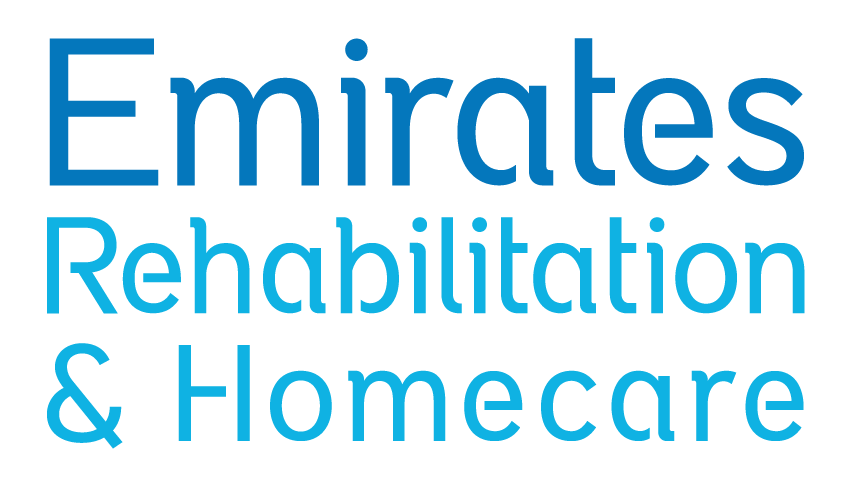Wissam, a 60-year-old Dubai-based entrepreneur, had an accident while visiting his home country. He sustained a fracture to the left hip and right femur, which required hospital admission. A well-known local surgeon completed a total left hip replacement and right femur screw fixation; the procedure was followed by a period of rehabilitation. Improper rehabilitation techniques and patient management resulted in a host of problems.
He was confined to his bed and unable to sit, stand, walk or carry out his normal daily activities. After hearing about the Emirates Rehabilitation & Homecare in Dubai, and electing to come to us, transport was arranged directly from the airport to our facility. The multidisciplinary team’s assessment found that his physical incapacity had a very negative impact on both his daily life and state of mind. It was also discovered that following his operative procedures, the right leg was now shorter than the left leg. His psychological state was very disturbed, as he feared he might not walk again; he had also lost hope in the possibility of a recovery. The rehabilitation team immediately recognized the physical potential for recovery, and targeted that in tandem with the patient’s psychological and emotional well being.
A care plan was prepared; interventions began from the first day of admission. Within two weeks of treatment, he was able to get out of bed on his own. With the assistance of the attentive care team, he grew in confidence. He began to concentrate on strengthening and endurance exercises. The constant supervision and encouragement from support staff enhanced his ability to focus on his goals. Corrective action was taken to address the leg defect with a modification to his footwear. As his comfort level improved, he began to stand and walk with the help of a walker; he was jubilant about the progress he was making.
Over the following two weeks, he continued to progress steadily. He was able to stand on his own, walk slowly with a quadripod, and climb up and down a set of 30 steps. Further interventions by therapeutic team members – teaching him activities such as how to safely transfer himself from bed to chair, and getting in and out of a car – helped him regain independence. During his final days at ERHC, he had become totally independent; he was able to carry out all normal daily activities without any assistance, and return to his office based job.
